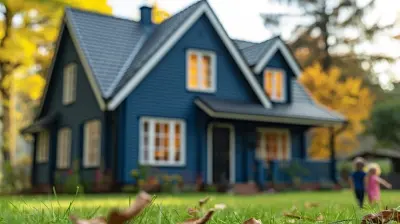Calculating Your After Repair Value: What Every Flipper Needs to Know
4 August 2025
Flipping houses can be a lucrative business—if you know what you’re doing. One of the most critical numbers in your flipping formula is the After Repair Value (ARV). This tells you exactly what a property should be worth after all your renovations are complete.
But how do you calculate ARV accurately? What factors should you consider? And why does it even matter?
If you're serious about making a profit from flipping, you need to master this concept. So, let’s break it all down in a simple and digestible way. 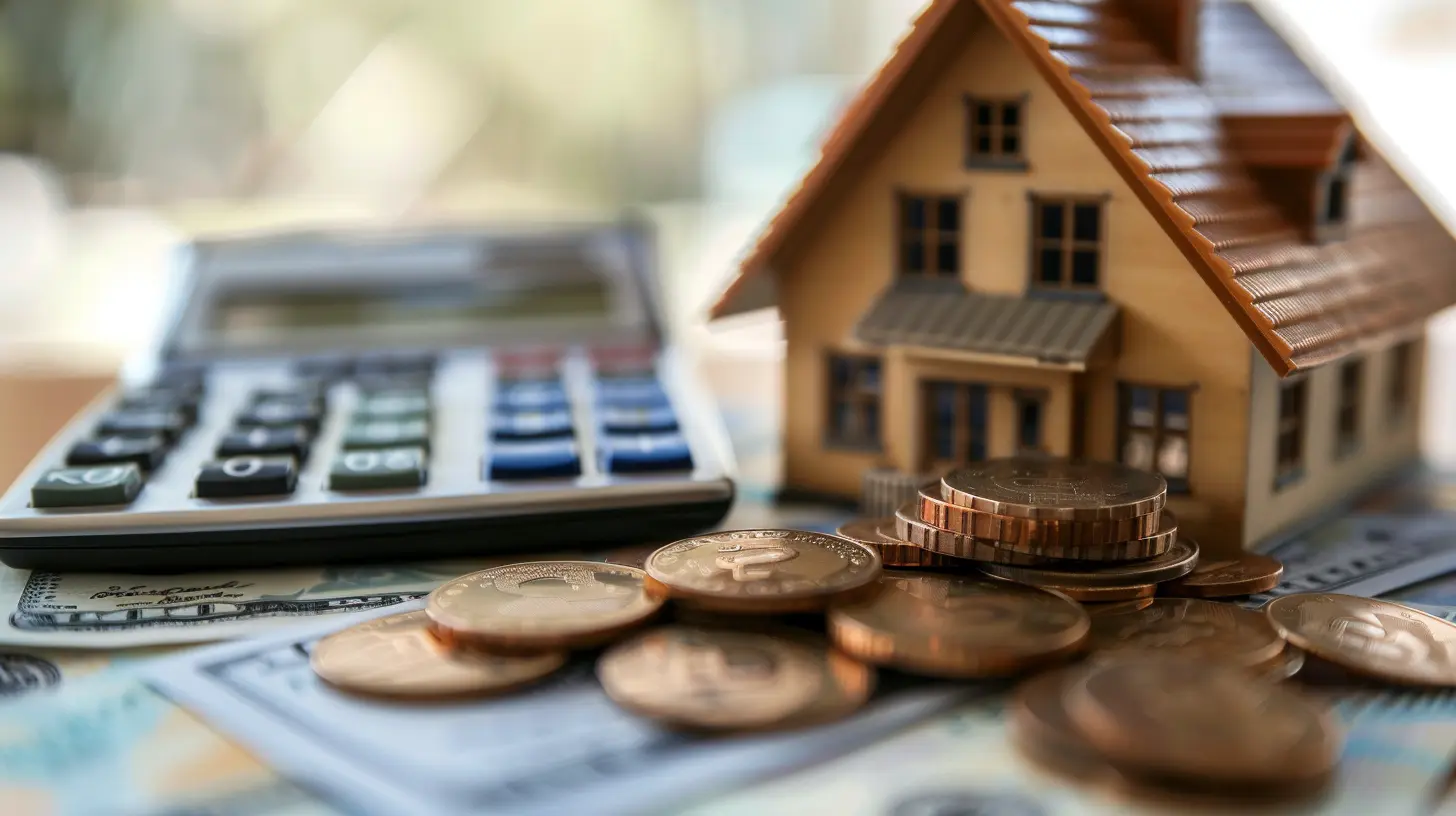
What Is After Repair Value (ARV)?
At its core, ARV is the projected value of a home once all repairs and upgrades are finished. It’s the price a buyer would likely pay after your flip is move-in ready.ARV is crucial because it determines:
✔ How much you should pay for a property
✔ What you can expect to sell it for
✔ Your overall profit margin
Without an accurate ARV, you could either overpay for a fixer-upper or sell it for much less than expected—both of which can wipe out your profits. 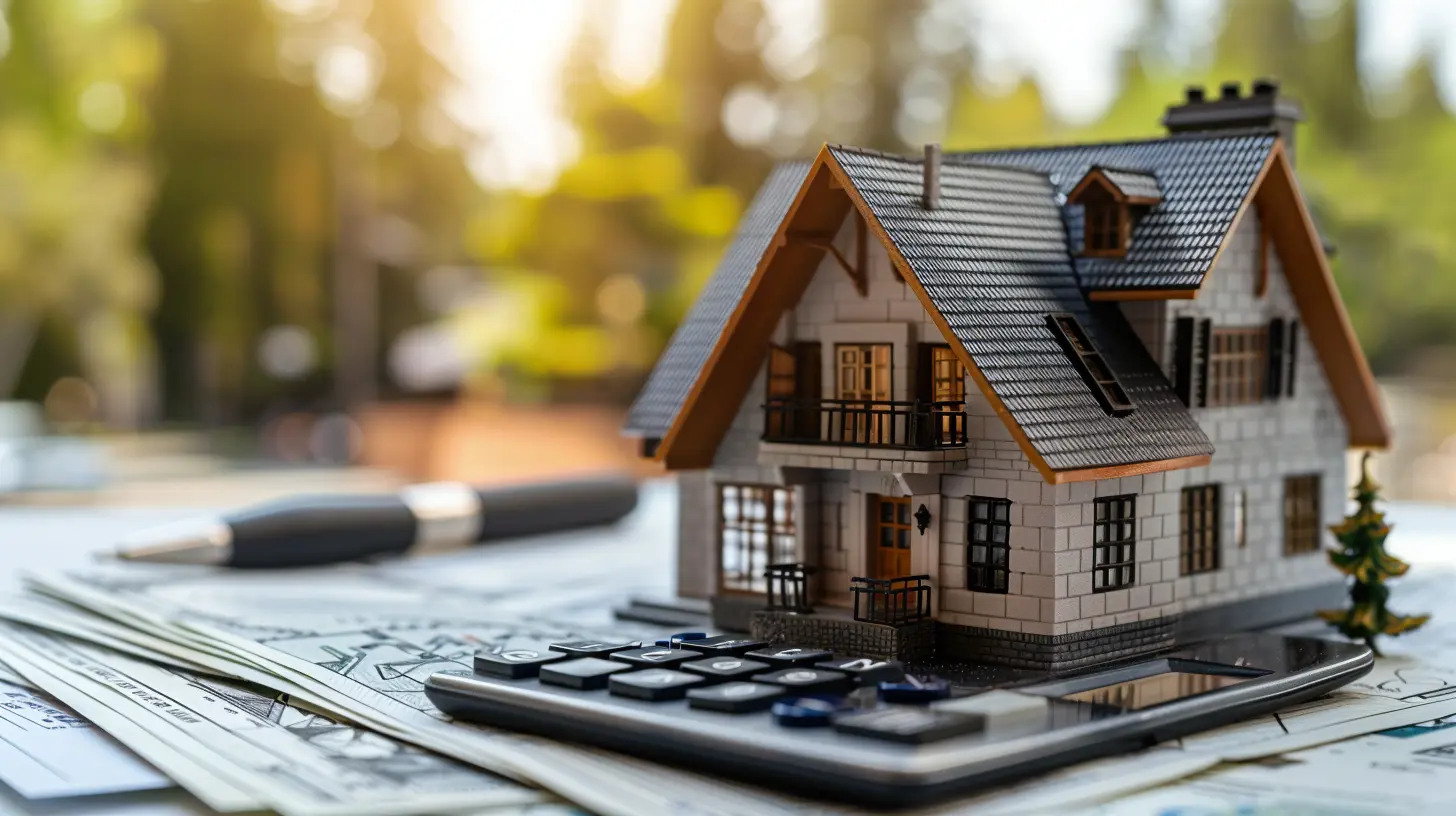
Why Is ARV Important in House Flipping?
Imagine you’re baking a cake. You wouldn’t just throw in random ingredients and hope for the best, right? You’d follow a recipe, measuring everything carefully. The same logic applies to flipping homes.Your ARV is part of the "recipe" for success. It helps you:
- Avoid Overpaying for a Property – If you buy too high, your profit shrinks.
- Calculate the Right Renovation Budget – Overspending on upgrades can eat into your returns.
- Determine Your Exit Strategy – Should you hold, rent, or sell quickly?
Bottom line: Knowing ARV keeps your finances in check and maximizes your flips. 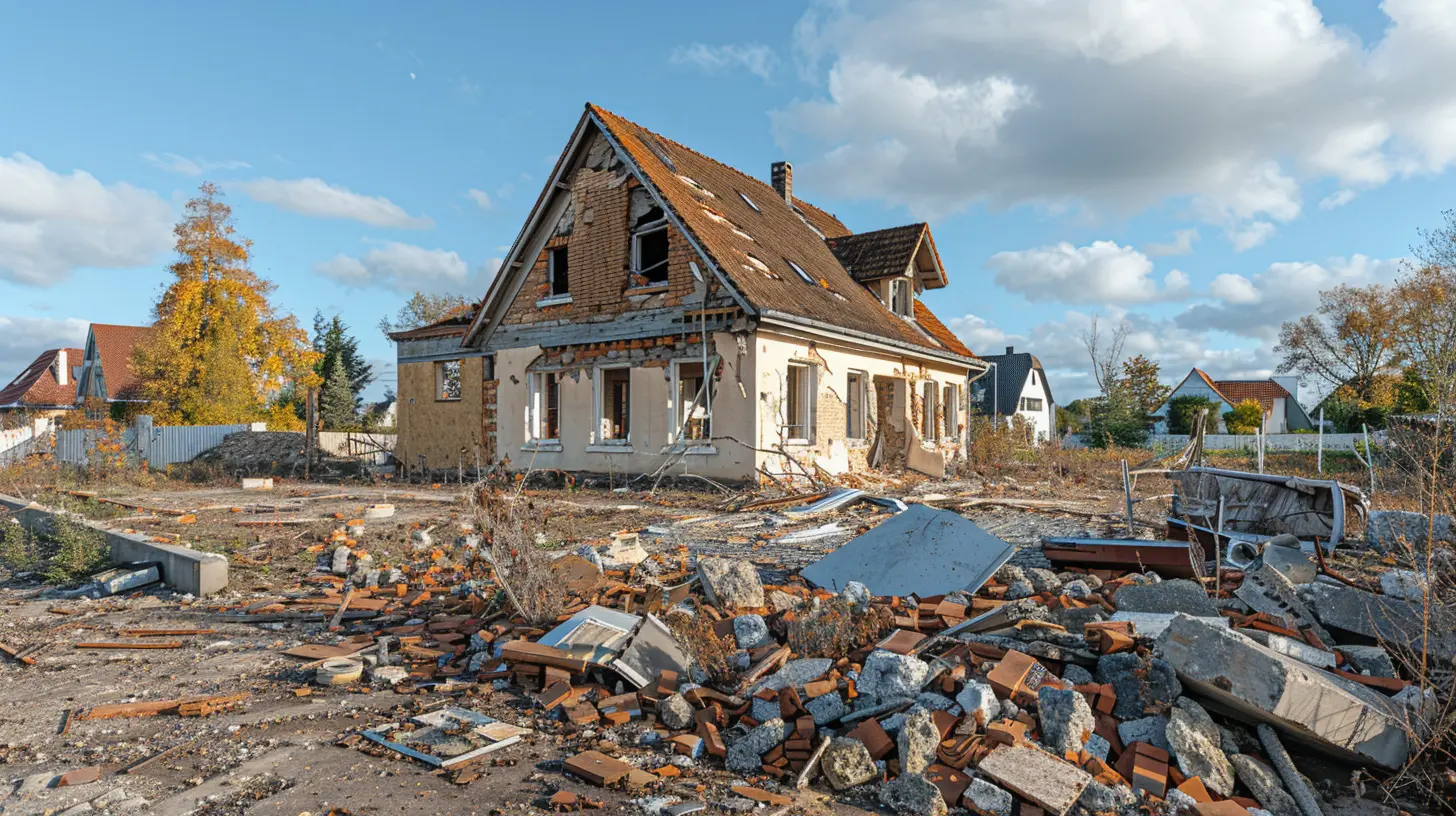
How to Calculate ARV Like a Pro
Now that we know why ARV matters, let’s dive into how to calculate it step by step.1. Research Comparable Sales (Comps)
Start by looking at recently sold properties in the same area that are similar in size, condition, and features. These are called comps, and they give you a realistic idea of a property’s value.Here’s how to find the best comps:
- Look at homes sold within the last 3 to 6 months
- Stay within a ½ mile radius (unless it's a rural area)
- Compare properties with similar square footage (within 10%-15%)
- Match bedrooms, bathrooms, and lot size as closely as possible
If three similar homes in the neighborhood sold for an average of $350,000, then that’s a strong indicator of your property’s ARV—assuming your finished product is on par with those homes.
2. Adjust for Differences
No two houses are identical, and that’s where adjustments come in. If your target property has an extra bedroom or no garage compared to your comps, you need to factor that into your calculations.Here’s an easy way to do this:
- If a comp has a swimming pool but your house doesn’t, subtract value
- If your house has a brand-new kitchen but the comp has an outdated one, add value
- If a comp sold for $370,000 but had an extra bathroom worth $10,000, your ARV might be closer to $360,000
A real estate agent or appraiser can help fine-tune these numbers, but even rough adjustments will give you a good ballpark estimate.
3. Use the ARV Formula
Once you have your adjusted comp values, plug them into this basic formula:ARV = (Average Comparable Sale Price) ± Adjustments
For example:
If your comps suggest a value of $350,000 and you estimate $10,000 in positive adjustments, your ARV is:
👉 $360,000
That’s the price you can reasonably expect to sell for—assuming your renovations are high quality and market conditions remain stable. 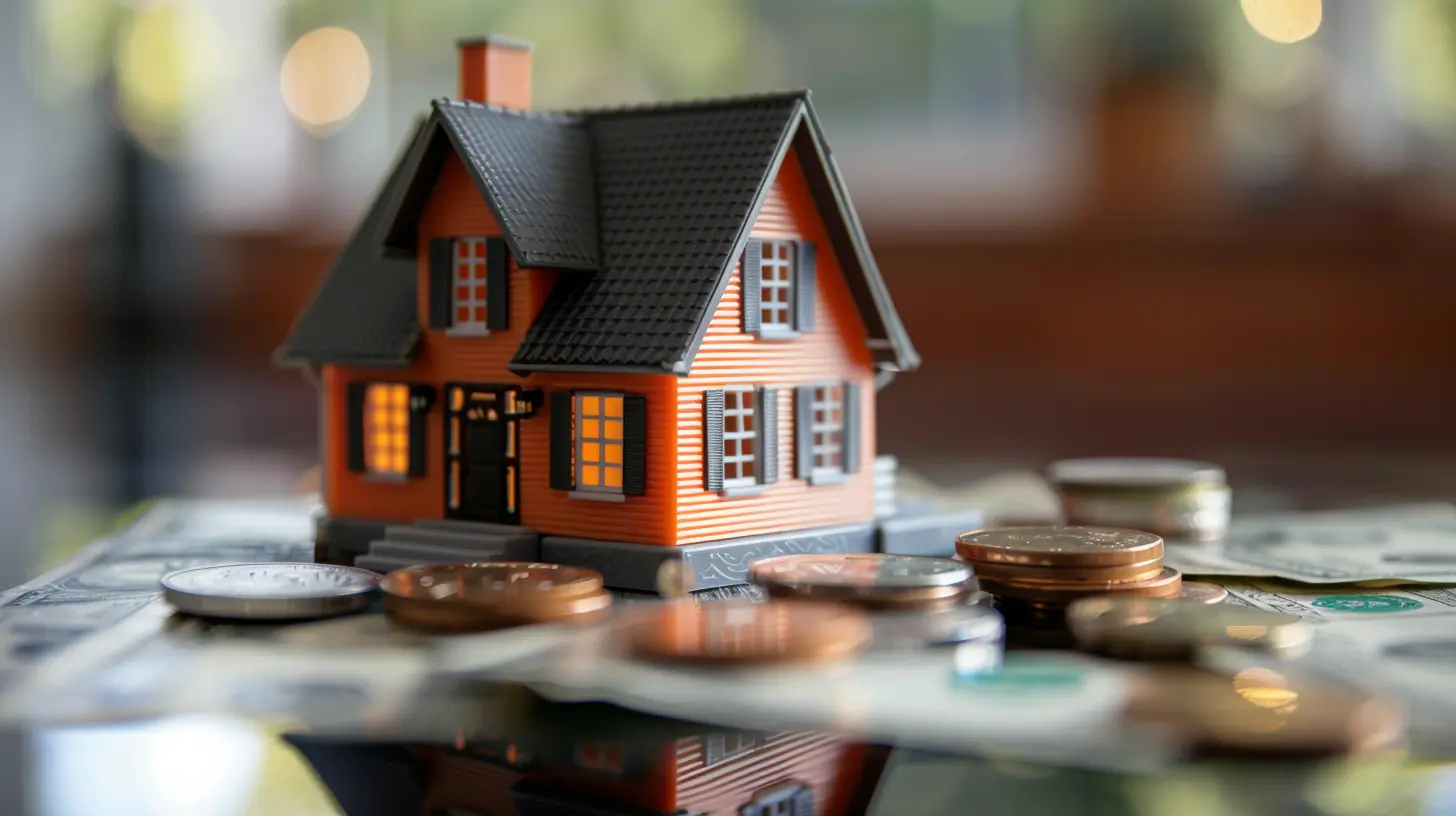
The 70% Rule: Is It Worth Following?
Many seasoned flippers use the 70% Rule to determine their max purchase price.The formula:
📌 Maximum Purchase Price = (ARV x 70%) - Repair Costs
This rule suggests that you should never pay more than 70% of a property's ARV minus repairs.
For example:
- If an ARV is $300,000
- Repairs cost $40,000
- The max price you should pay = ($300,000 x 70%) - $40,000
- That’s $170,000 max purchase price
This rule helps safeguard profits and avoid overpaying. However, in competitive markets, you may have to adjust to 75-80%.
Common ARV Mistakes to Avoid
Even experienced flippers can miscalculate ARV. Here are the top mistakes to watch out for:🚫 Using the Wrong Comps – Don’t compare a renovated home to a fixer-upper. Only use updated homes for accurate ARV calculations.
🚫 Ignoring Market Trends – A house worth $400K today might be worth $380K next year. Pay attention to market shifts.
🚫 Overestimating Value – Just because you think the home is worth more doesn’t mean buyers will agree. Always base ARV on real data.
🚫 Neglecting Renovation Costs – If you underestimate repair expenses, your profit margin vanishes. Always budget carefully.
Final Thoughts
Calculating ARV isn’t just a step in the flipping process—it’s the step that makes or breaks your deal. Get it right, and you’ll walk away with a hefty profit. Get it wrong, and you could be looking at a financial disaster.By using solid comps, making smart adjustments, and sticking to the 70% rule, you can confidently evaluate any property for its flipping potential.
So, next time you spot a fixer-upper, do your ARV homework before making an offer. Your future profits depend on it!
all images in this post were generated using AI tools
Category:
House FlippingAuthor:

Kingston Estes
Discussion
rate this article
1 comments
Evren McClintock
Great insights on determining After Repair Value! It's fascinating how accurate calculations can significantly impact investment outcomes. I'm curious about different methods flippers use to estimate values—do you think local market trends play a bigger role than property-specific features?
August 13, 2025 at 12:47 PM

Kingston Estes
Thank you! Local market trends often have a more substantial impact on After Repair Value than property-specific features, as they shape buyer demand and pricing dynamics. Flippers should consider both factors for accurate estimates.

